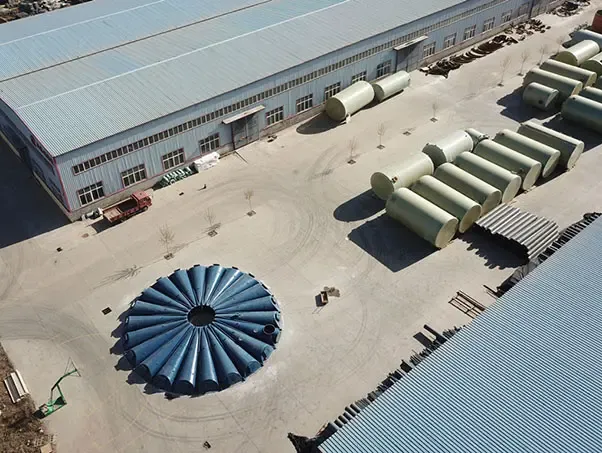
-
 Afrikaans
Afrikaans -
 Albanian
Albanian -
 Amharic
Amharic -
 Arabic
Arabic -
 Armenian
Armenian -
 Azerbaijani
Azerbaijani -
 Basque
Basque -
 Belarusian
Belarusian -
 Bengali
Bengali -
 Bosnian
Bosnian -
 Bulgarian
Bulgarian -
 Catalan
Catalan -
 Cebuano
Cebuano -
 China
China -
 China (Taiwan)
China (Taiwan) -
 Corsican
Corsican -
 Croatian
Croatian -
 Czech
Czech -
 Danish
Danish -
 Dutch
Dutch -
 English
English -
 Esperanto
Esperanto -
 Estonian
Estonian -
 Finnish
Finnish -
 French
French -
 Frisian
Frisian -
 Galician
Galician -
 Georgian
Georgian -
 German
German -
 Greek
Greek -
 Gujarati
Gujarati -
 Haitian Creole
Haitian Creole -
 hausa
hausa -
 hawaiian
hawaiian -
 Hebrew
Hebrew -
 Hindi
Hindi -
 Miao
Miao -
 Hungarian
Hungarian -
 Icelandic
Icelandic -
 igbo
igbo -
 Indonesian
Indonesian -
 irish
irish -
 Italian
Italian -
 Japanese
Japanese -
 Javanese
Javanese -
 Kannada
Kannada -
 kazakh
kazakh -
 Khmer
Khmer -
 Rwandese
Rwandese -
 Korean
Korean -
 Kurdish
Kurdish -
 Kyrgyz
Kyrgyz -
 Lao
Lao -
 Latin
Latin -
 Latvian
Latvian -
 Lithuanian
Lithuanian -
 Luxembourgish
Luxembourgish -
 Macedonian
Macedonian -
 Malgashi
Malgashi -
 Malay
Malay -
 Malayalam
Malayalam -
 Maltese
Maltese -
 Maori
Maori -
 Marathi
Marathi -
 Mongolian
Mongolian -
 Myanmar
Myanmar -
 Nepali
Nepali -
 Norwegian
Norwegian -
 Norwegian
Norwegian -
 Occitan
Occitan -
 Pashto
Pashto -
 Persian
Persian -
 Polish
Polish -
 Portuguese
Portuguese -
 Punjabi
Punjabi -
 Romanian
Romanian -
 Russian
Russian -
 Samoan
Samoan -
 Scottish Gaelic
Scottish Gaelic -
 Serbian
Serbian -
 Sesotho
Sesotho -
 Shona
Shona -
 Sindhi
Sindhi -
 Sinhala
Sinhala -
 Slovak
Slovak -
 Slovenian
Slovenian -
 Somali
Somali -
 Spanish
Spanish -
 Sundanese
Sundanese -
 Swahili
Swahili -
 Swedish
Swedish -
 Tagalog
Tagalog -
 Tajik
Tajik -
 Tamil
Tamil -
 Tatar
Tatar -
 Telugu
Telugu -
 Thai
Thai -
 Turkish
Turkish -
 Turkmen
Turkmen -
 Ukrainian
Ukrainian -
 Urdu
Urdu -
 Uighur
Uighur -
 Uzbek
Uzbek -
 Vietnamese
Vietnamese -
 Welsh
Welsh -
 Bantu
Bantu -
 Yiddish
Yiddish -
 Yoruba
Yoruba -
 Zulu
Zulu
Exploring the Advantages of FRP Boats for Modern Watercraft Applications
Exploring the World of FRP Boats
Fiberglass Reinforced Plastic (FRP) boats have transformed the maritime industry since their introduction. These vessels, constructed from fiberglass composites, offer a range of advantages that make them highly appealing for a variety of applications, from recreational boating to commercial shipping. Understanding the benefits, features, and overall significance of FRP boats can help enthusiasts and industry professionals make informed decisions about their maritime needs.
One of the most significant advantages of FRP boats is their durability. Unlike traditional wooden boats, which can suffer from rot, warping, and insect damage, fiberglass boats are resistant to the elements. They do not require regular maintenance like varnishing or sealing, which saves both time and money in the long run. Additionally, FRP is non-corrosive, making it particularly suited for saltwater environments where metal boats may suffer from rust and degradation.
Exploring the World of FRP Boats
FRP boats are also known for their versatility. Manufacturers can mold fiberglass into virtually any shape, which allows for highly customizable designs tailored to specific needs. This adaptability has led to the creation of a wide range of FRP vessels, including fishing boats, pleasure craft, and even larger commercial ships. This customizability extends to various features such as built-in storage, seating arrangements, and performance enhancements, catering to the diverse preferences of boat users.
frp boat

Safety is another compelling aspect of FRP boats. Fiberglass inherently has a high buoyancy factor, which reduces the risk of sinking. Additionally, many modern FRP boats incorporate advanced flotation technology that ensures the vessel remains stable even in turbulent waters. This safety feature is particularly crucial for novice boaters, providing peace of mind while they explore the waterways.
Furthermore, FRP boats are environmentally friendly. The manufacturing process has evolved to incorporate sustainable practices, such as the use of recycled materials. Additionally, FRP boats can be designed to minimize waste and energy consumption during operation, furthering their appeal to environmentally conscious consumers.
As the boating industry continues to embrace technological advancements, the future of FRP boats looks promising. Innovations such as automated construction processes and smart technologies are expected to enhance the performance and capabilities of these vessels even further. The integration of renewable energy sources, such as solar panels, is also becoming more commonplace in the design of FRP boats, rendering them more eco-friendly and efficient.
In conclusion, FRP boats stand out in the maritime world due to their unique blend of durability, lightweight construction, versatility, safety, and environmental friendliness. As both recreational and commercial demands continue to evolve, FRP boats are sure to play a pivotal role in the future of boating. Whether you are a seasoned sailor or an aspiring boat enthusiast, considering an FRP boat could offer an exciting gateway to adventure on the water.









